Picture this: you’re bundled up in three layers, woolly socks, and still shivering. Meanwhile, your sleek Greyhound or Whippet is standing by the door, tail wagging, ready for their morning walk. There’s something both heartwarming and concerning about our shorthaired companions’ enthusiasm for outdoor adventures, regardless of temperature.
Shorthair dogs face unique challenges when freezing weather hits because their coats provide minimal insulation compared to their thick-coated counterparts. Dogs with thin fur like Greyhounds, MinPins, and Great Danes can easily get chilled when temperatures drop below 45 degrees. Understanding these limitations isn’t about overprotecting our pets, it’s about being the kind of dog parent who recognizes when love means pulling out that adorable (but functional) winter coat. Let’s explore how you can keep your smooth-coated companion safe, warm, and happy when winter shows no mercy.
Understanding Your Shorthair Dog’s Cold Weather Vulnerability
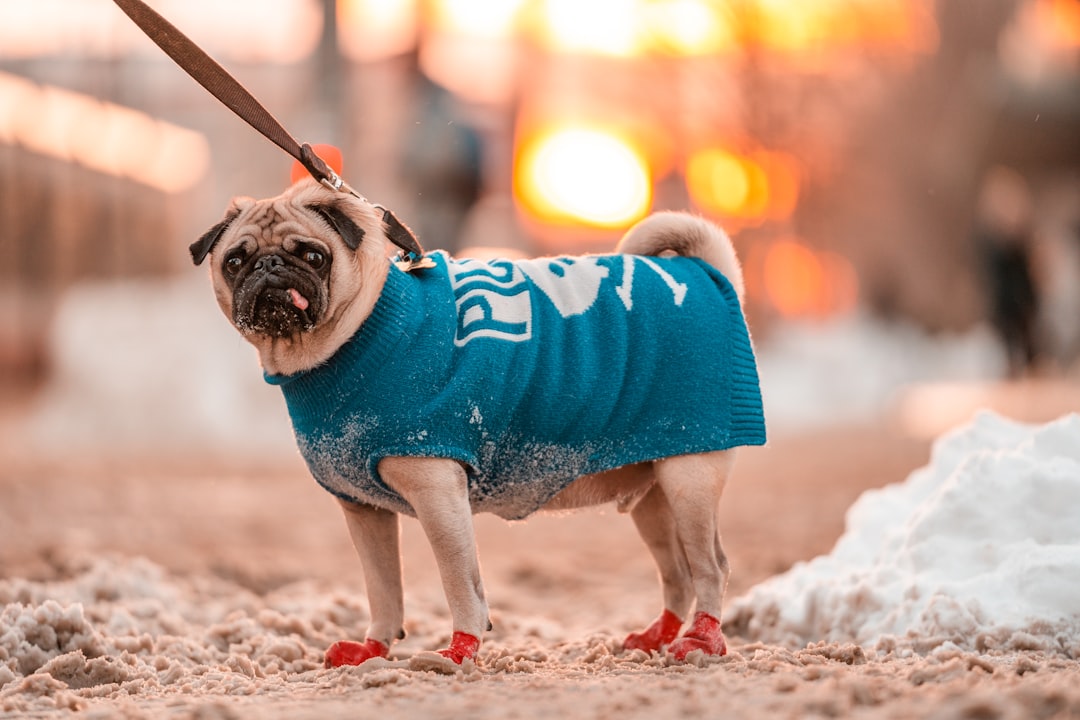
The length and thickness of your dog’s fur makes a significant difference in their natural insulation ability. While your neighbor’s Husky might be rolling in snow drifts, your American Pit Bull or Boxer is working much harder to maintain their body temperature. Body fat also plays a crucial role in temperature regulation, with naturally skinnier breeds being more susceptible to cold, though some body fat can help compensate for lack of fur.
Size matters too because smaller dogs lose body heat faster than larger ones, having more surface area relative to their body mass. That tiny Chihuahua faces a double challenge with both short hair and small stature. Deep snow can reach a small dog’s chest, making them cold and wet quickly. Even if your dog seems eager to go outside, their enthusiasm doesn’t mean they’re comfortable or safe.
Essential Winter Gear for Maximum Protection
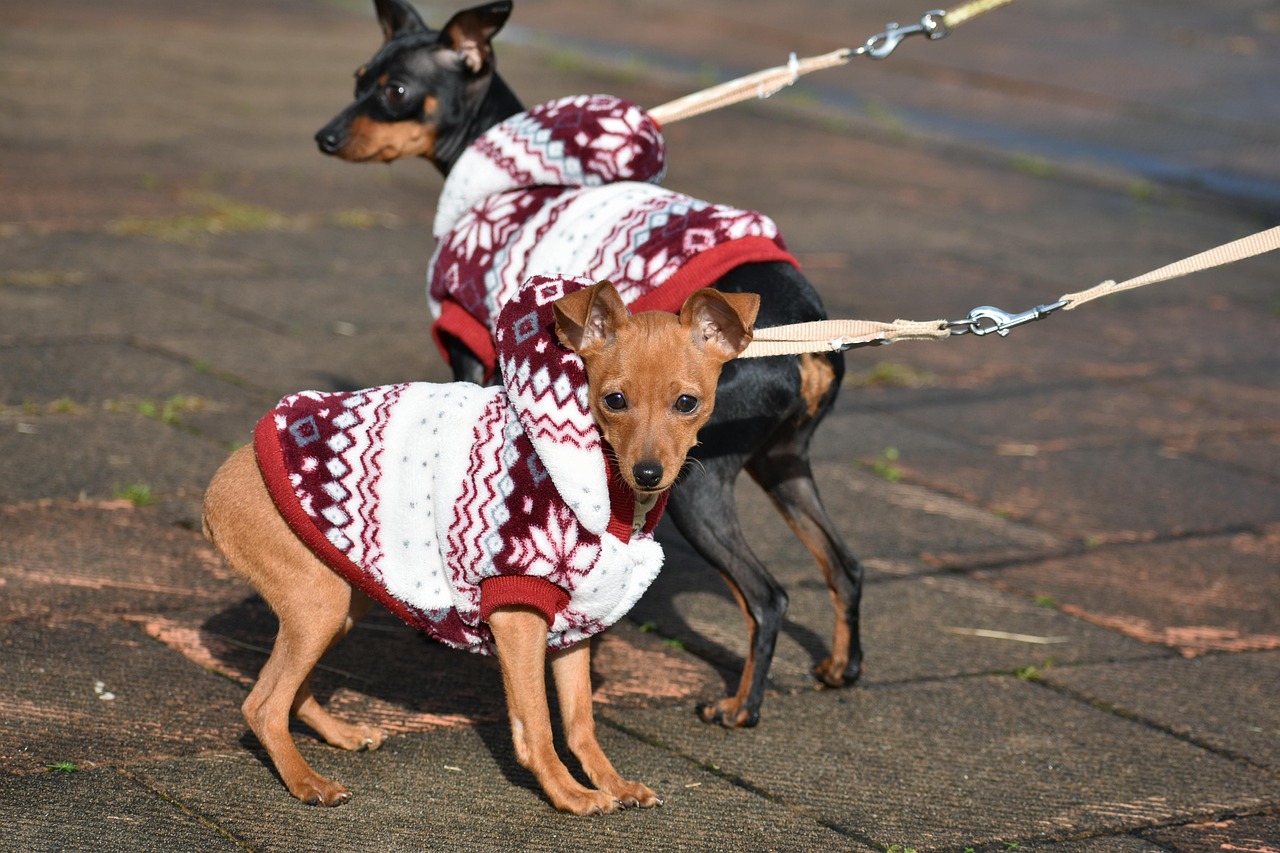
Dog clothing isn’t just “adorable” or “cute” – it can make a major difference in your dog’s comfort level during cold months. Dog clothing might seem silly, but for short-haired dogs, it’s essential in cold climates. Think of winter gear as your dog’s armor against the elements, not just a fashion statement.
Sweaters add an extra layer of warmth, somewhat mimicking the thick winter coat that long-haired dogs naturally grow, and they’re great for indoor or dry outdoor conditions. For wet weather, a thick, durable, insulated winter jacket may be necessary for outdoor activities in rain or snow. Since most short haired dogs don’t come from cold climates, boots become important to protect paws from frostbite, especially since they lack the heavy fur that other breeds grow on their feet.
Creating Warm Indoor Sanctuaries
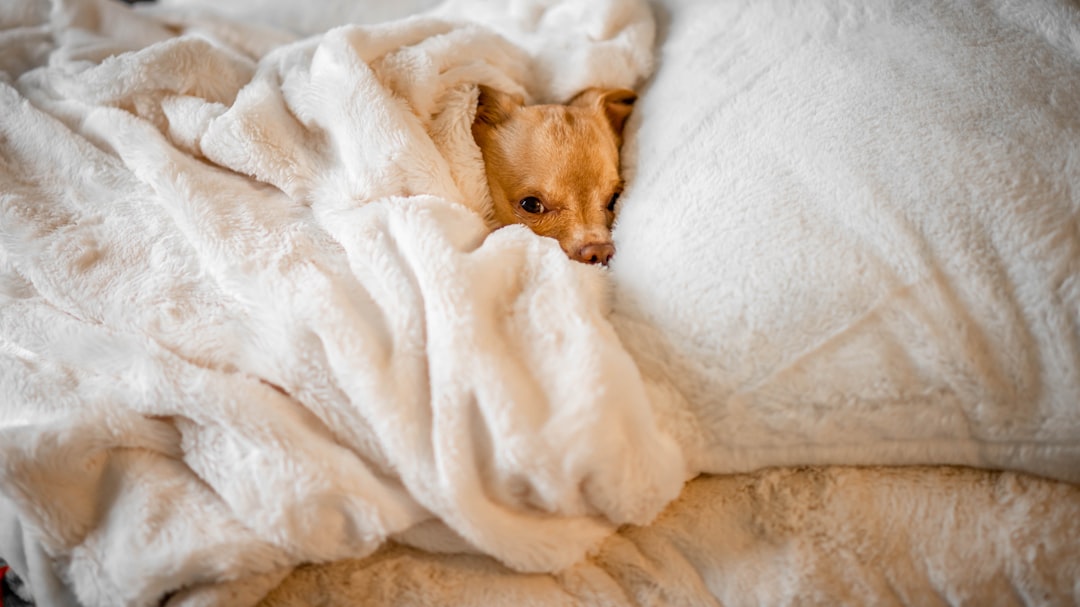
In winter, your dog will naturally seek out the warmest spot in the house, which will likely be your bed, but a heating blanket in their dog bed can provide warmth while keeping them in their own space. These heating pads work like electric heating pads for full-size beds but are sized appropriately for dog beds, and they’re especially valuable if your dog spends time in a garage, barn, or porch.
Position your dog’s bed away from drafts and cold floors. Elevating their bed slightly off cold surfaces creates an extra barrier against heat loss. Consider moving their sleeping area to a warmer part of your home during particularly harsh weather spells. Since your pet will spend more time inside during winter, ensure your house is properly pet-proofed and use space heaters with caution to prevent burns or fires.
Safe Outdoor Exercise Guidelines
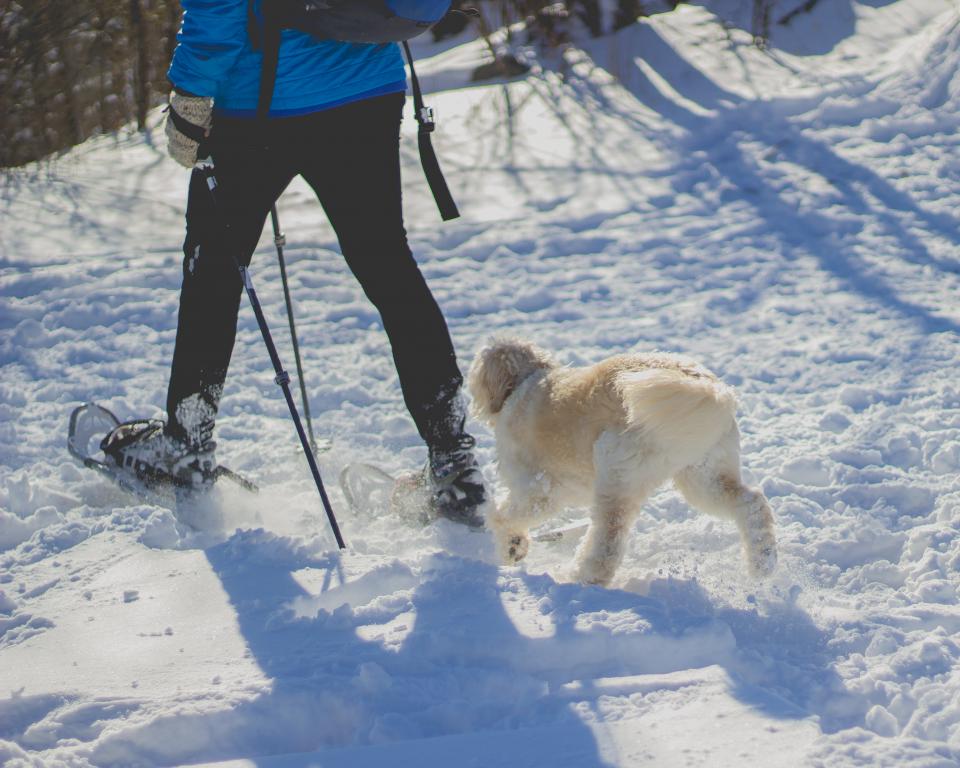
You shouldn’t let your dog outside for too long in winter. If temperatures are above 45 degrees, your dog will probably be fine without extra gear, but below 40 degrees calls for light sweaters, and freezing temperatures require something much warmer. You’ll probably need to shorten your dog’s walks in very cold weather to protect both of you from weather-related health risks.
When temperatures approach zero, limit outdoor trips significantly, especially if snow is deep compared to your dog’s height, and try to keep them inside during hail, sleet, or freezing rain. Watch for behavioral cues like reluctance to walk, lifting paws off the ground, or seeking shelter. Time walks for the warmest part of the day and bundle your dog in winter gear, especially short-haired breeds.
Recognizing Hypothermia and Frostbite Warning Signs

Mild hypothermia symptoms include shivering, cold ears, paws, or tail, and lethargy or reluctance to move. Moderate hypothermia brings intense or unstoppable shivering, weakness, clumsiness, pale gums, and slowed breathing, while severe hypothermia causes stiffness, muscle weakness, dilated pupils, difficulty breathing, and unconsciousness.
Frostbite signs include discoloration of affected skin areas – often pale, gray, or bluish – plus coldness and brittleness when touched, and as tissues thaw, they may become red and painful due to inflammation. Clinical signs of frostbite may take several days to appear, especially in small areas or non-weight-bearing spots like tail tips or ears. The most commonly affected areas are ears, paws, tails, and noses.
Indoor Exercise Ideas to Beat Cabin Fever
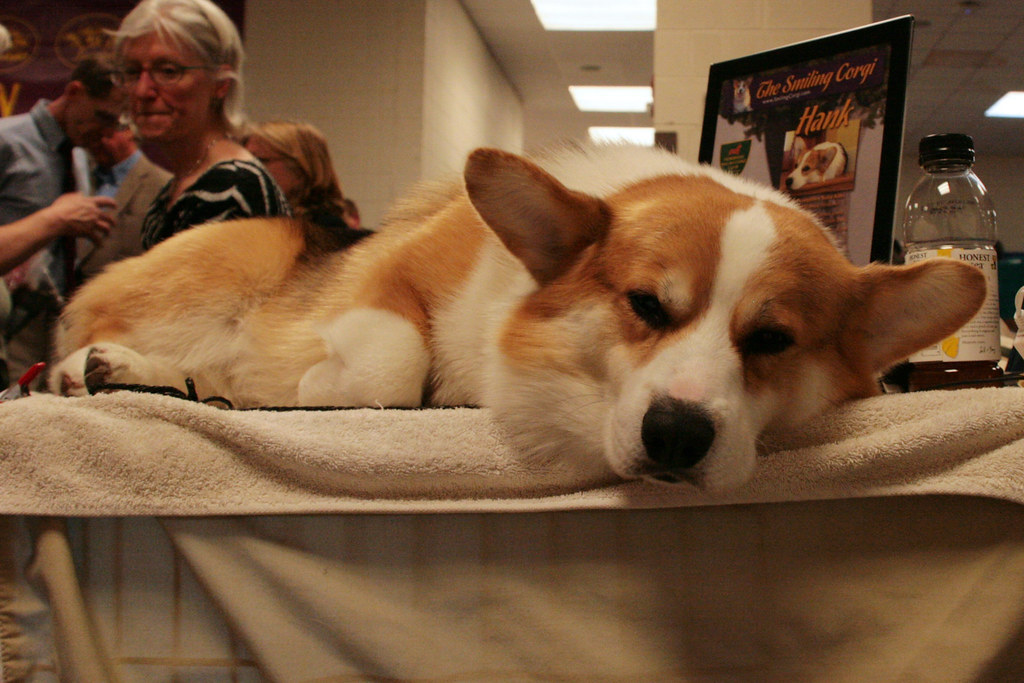
There are many indoor activities you can do with your dog, and dogs benefit both physically and mentally from exercise, with proper activity potentially prolonging their life. Indoor fetch works well with soft, low-bounce toys or tennis balls, and for athletic dogs, throwing soft toys up stairs provides extra exercise.
Winter is perfect for scent-based games that provide mental stimulation and build confidence, like hiding treats or toys for your dog to find. You can construct indoor agility courses using furniture cushions, ottomans, cardboard boxes, and broom handles, enlisting the whole family to create obstacles. Try “doggy push-ups” by having your dog sit, lie down, then sit up, eventually adding “stand” commands between positions.
Maintaining Health Through Winter Months
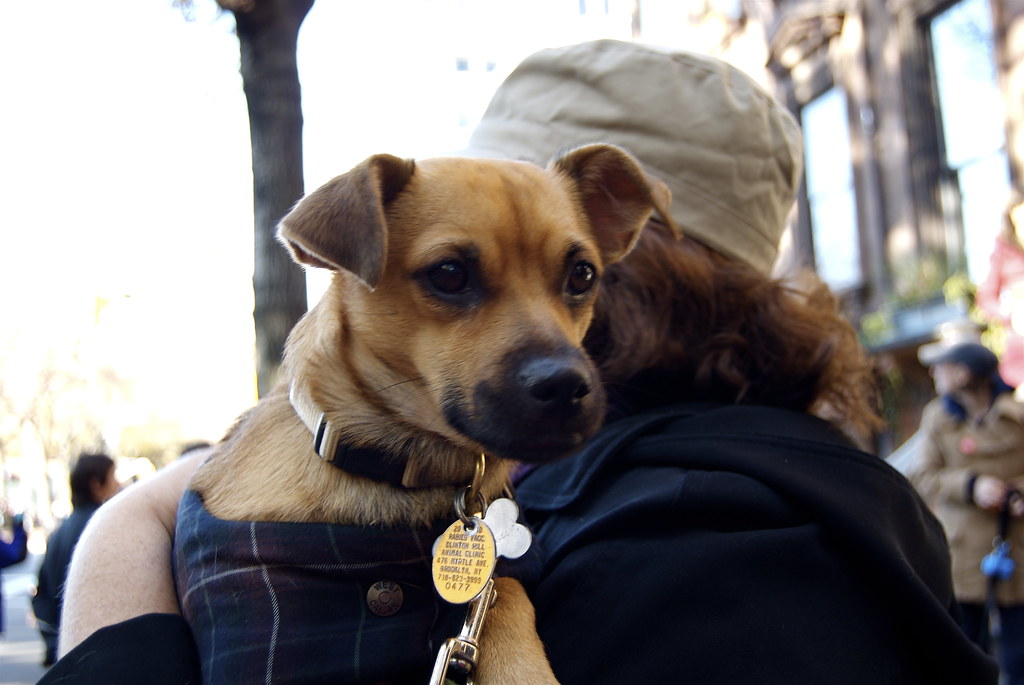
Cold weather may worsen some medical conditions such as arthritis, so your pet should be examined by a veterinarian at least once yearly to ensure they’re as healthy as possible for cold weather. It’s just as important for dogs to stay hydrated in cold weather as in hot weather, since humidity levels are lower in winter and indoor heated air can be quite dry.
Some pets may need more calories in winter to maintain their energy levels and body heat, so consult your veterinarian about dietary adjustments. After winter walks, wipe down your dog’s feet, legs, and belly to remove de-icing products, antifreeze, or other chemicals that could be toxic if ingested, and consider using pet-safe de-icers on your property.
Remember, if it feels too cold for you, it’s probably too cold for your shorthaired companion. Trust your instincts and prioritize safety over routine. Your dog might give you those pleading eyes when you pull out their winter coat, but they’ll thank you later when they’re cozy and comfortable instead of shivering in the snow. Winter care isn’t about limiting your dog’s joy – it’s about ensuring they can safely enjoy many more winters to come. What small changes will you make this winter to keep your smooth-coated friend warm and happy?

Gargi from India has a Masters in History, and a Bachelor of Education. An animal lover, she is keen on crafting stories and creating content while pursuing a career in education.






